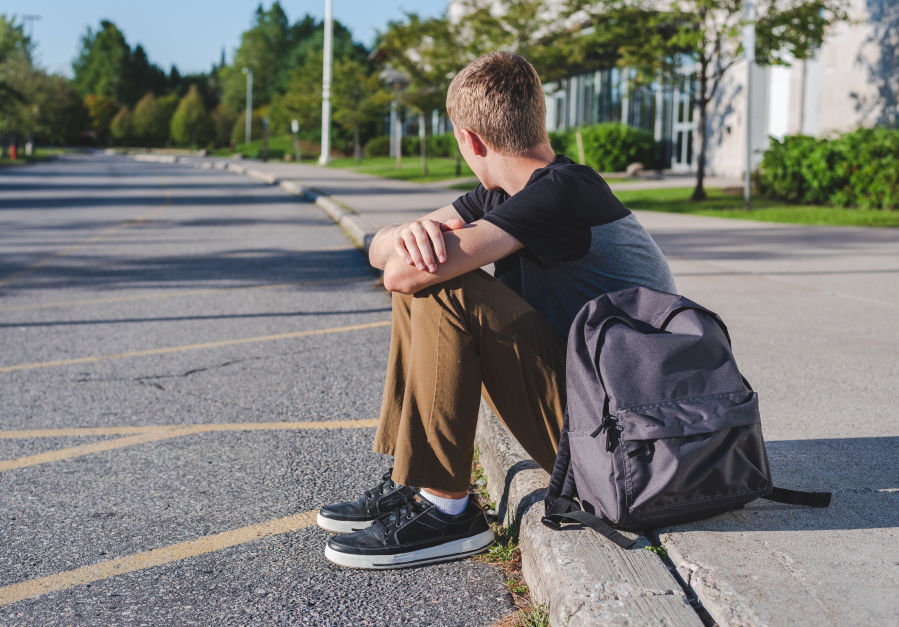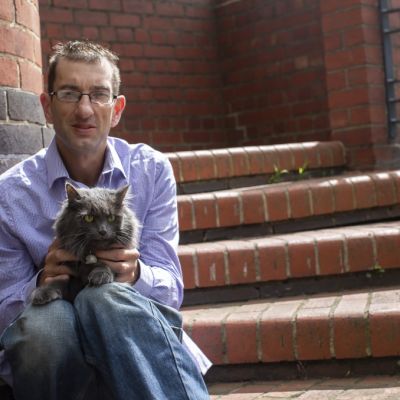Helping people already homeless creates harm, advocates say, urging radical rethink and early intervention

Providing help once people are in crisis may actually be harming them, helping them to stay chronically homeless, experts say.
They argue that people sleeping rough would benefit more from being helped in their early teens, rather than being given blankets and food once they are on the streets.
Stephen Gaetz, chief executive of the Canadian Observatory on Homelessness, said a change in approach was needed to prevent homelessness.
He said a survey of people in 61 cities across Canada revealed more than half of those living on the streets had their first experience of rough sleeping before the age of 24.
“Countries like Canada and Australia place the most investment into crisis response with things like [short-term] shelter and food,” Dr Gaetz told Domain. “It’s very well-meaning, but by relying on it, we’re creating harm.”
Dr Gaetz, speaking ahead of a presentation at Monday’s Victorian Homelessness Conference, said that approach was costly and did not offer long-term solutions.
One of the most effective ways to address the issue was in schools, through programs that sought to reconnect families and keep teenagers in a safe and stable home.
These sorts of programs could also reduce the poor physical and mental health, and trauma that many people experience when rough sleeping – but that change would not be easy, he said.
“The challenge in Canada and other places is that young people are expected to bootstrap their way out of homelessness.”
Governments still believed that young people could leave school, get a full-time job and a rental property like they could in the 1960s or 1970s. “You can’t do that now.”
Dr Gaetz said governments also needed to move away from expecting private developers to build affordable housing, and stump up more money to build housing for those most in need.
Council to Homeless Persons chief executive Jenny Smith added that young people who had been homeless were also dealing with complex mental health issues, childhood trauma and family violence.
She said swift, targeted intervention at the beginning of the homelessness cycle was critical.
In Australia, 43,200 people aged 15-24 sought assistance from homelessness services in the 2017-18 financial year, figures from the Australian Institute of Health and Welfare show.
About 40 per cent of them were still homeless after seeking help with 21 per cent couch surfing, 14 per cent in temporary crisis accommodation and five per cent sleeping rough.
“Simply housing them is not a silver bullet,” Ms Smith said. “As well as secure accommodation, they need skilled and patient workers and long-term support to stay connected with school, work and other networks.
Ending homelessness relied on all levels of government delivering the housing that people who do not have a home need, Ms Smith said.
“Governments keep jumping to the crisis end – wanting only to fund crisis beds in shelters – but the reality is people get trapped in crisis options long term because there isn’t any housing for them to move onto,” she said.
“This is the problem we have now of a bottleneck in crisis accommodation.
“You can’t fix a bottleneck by making the body of the bottle bigger … in other words, we need to deliver the housing people need.”
We thought you might like
States
Capital Cities
Capital Cities - Rentals
Popular Areas
Allhomes
More










